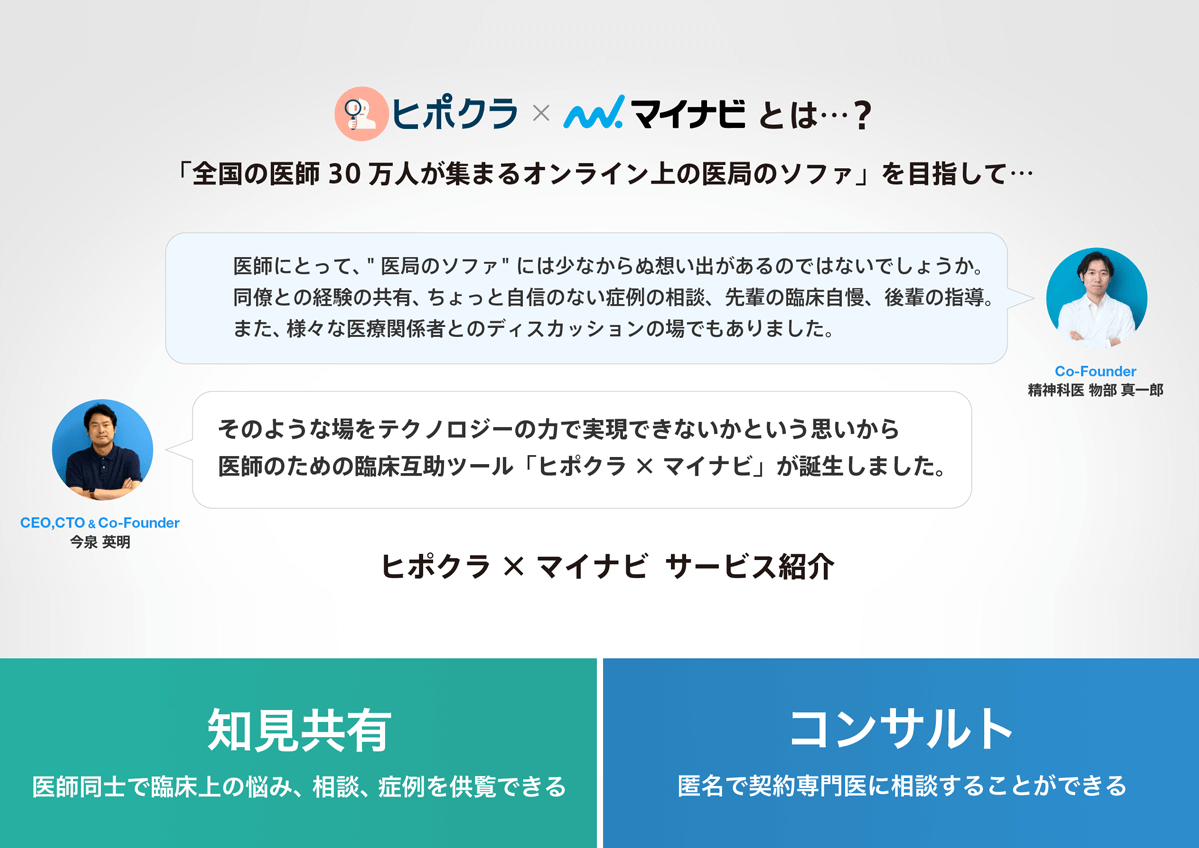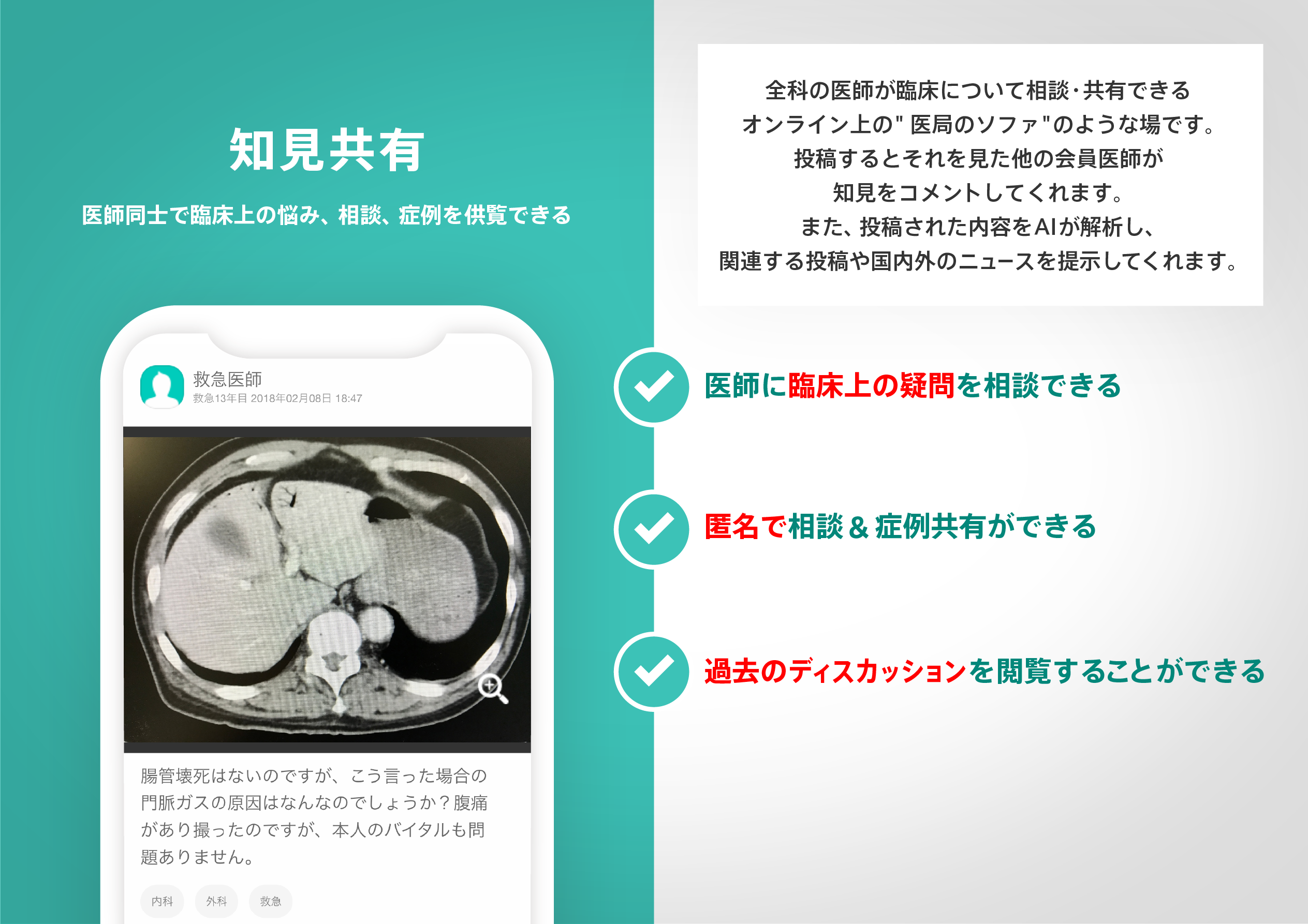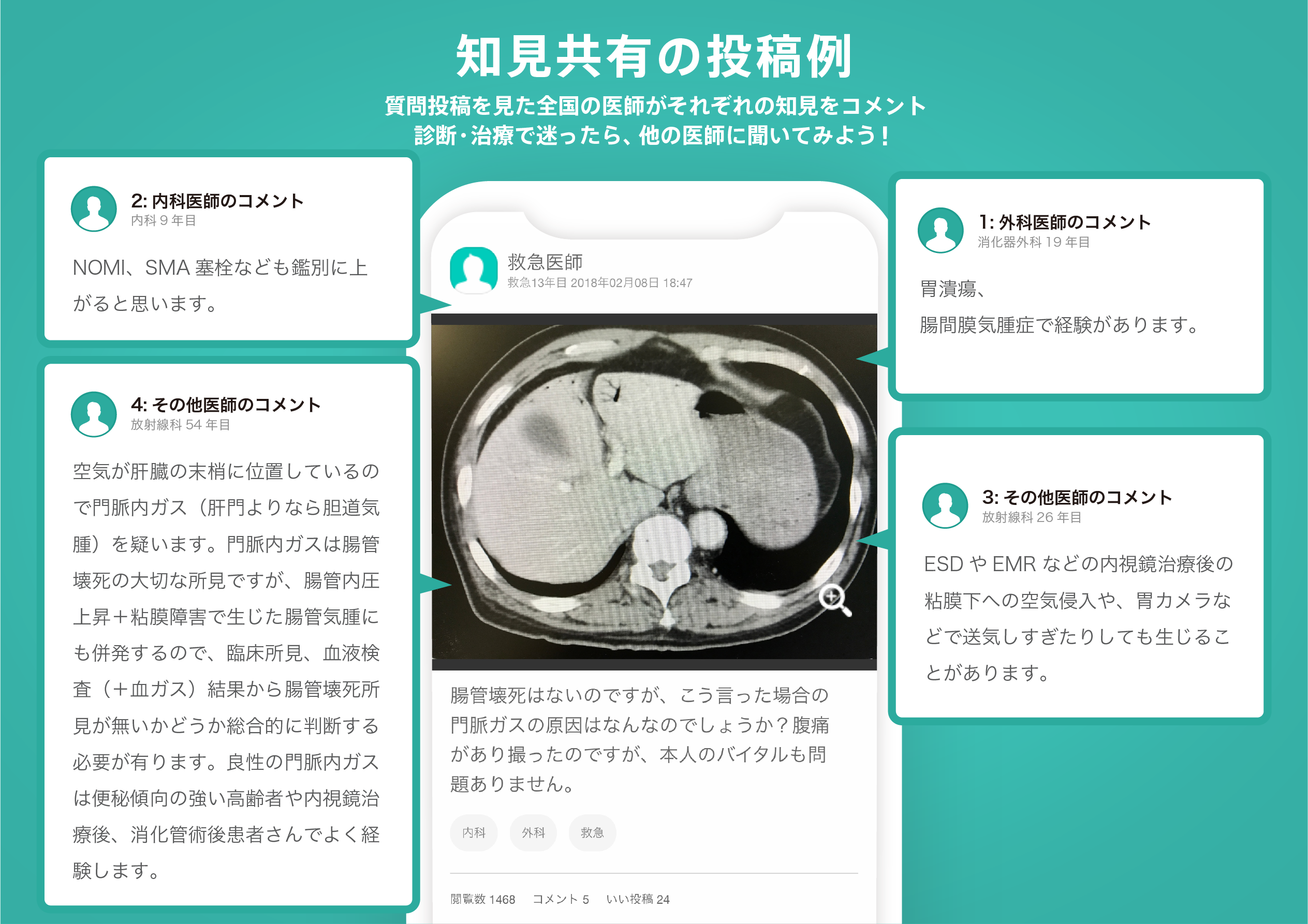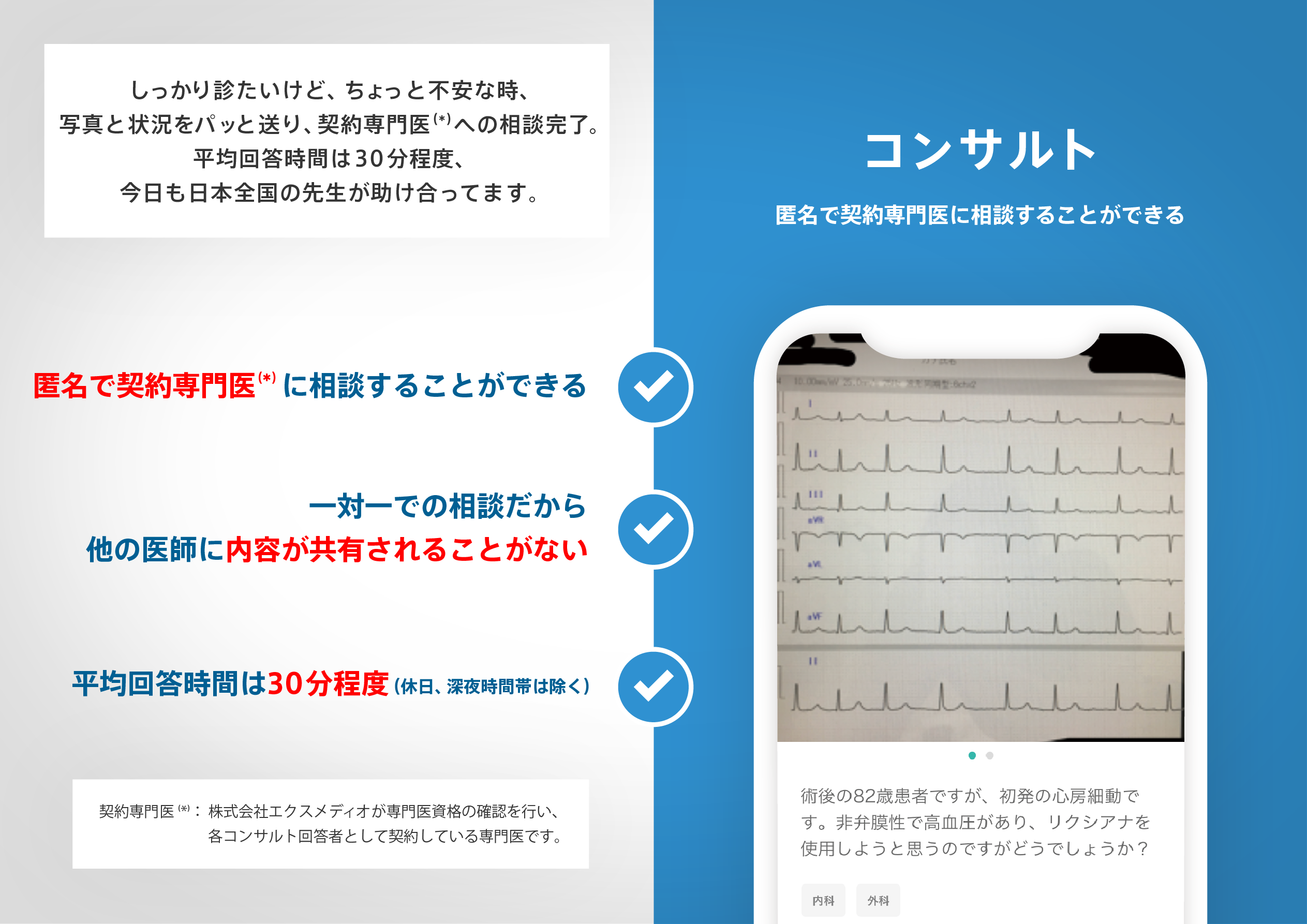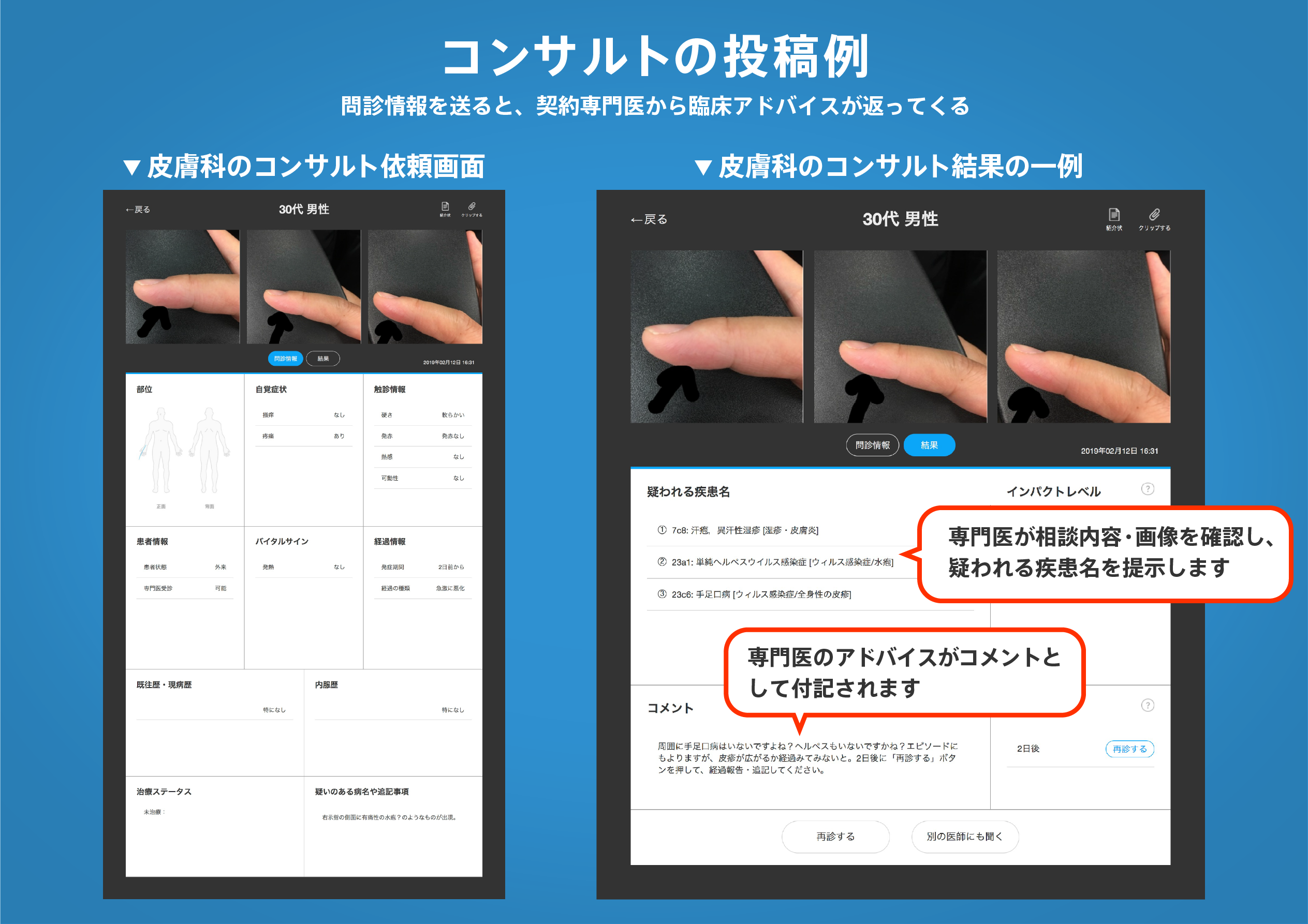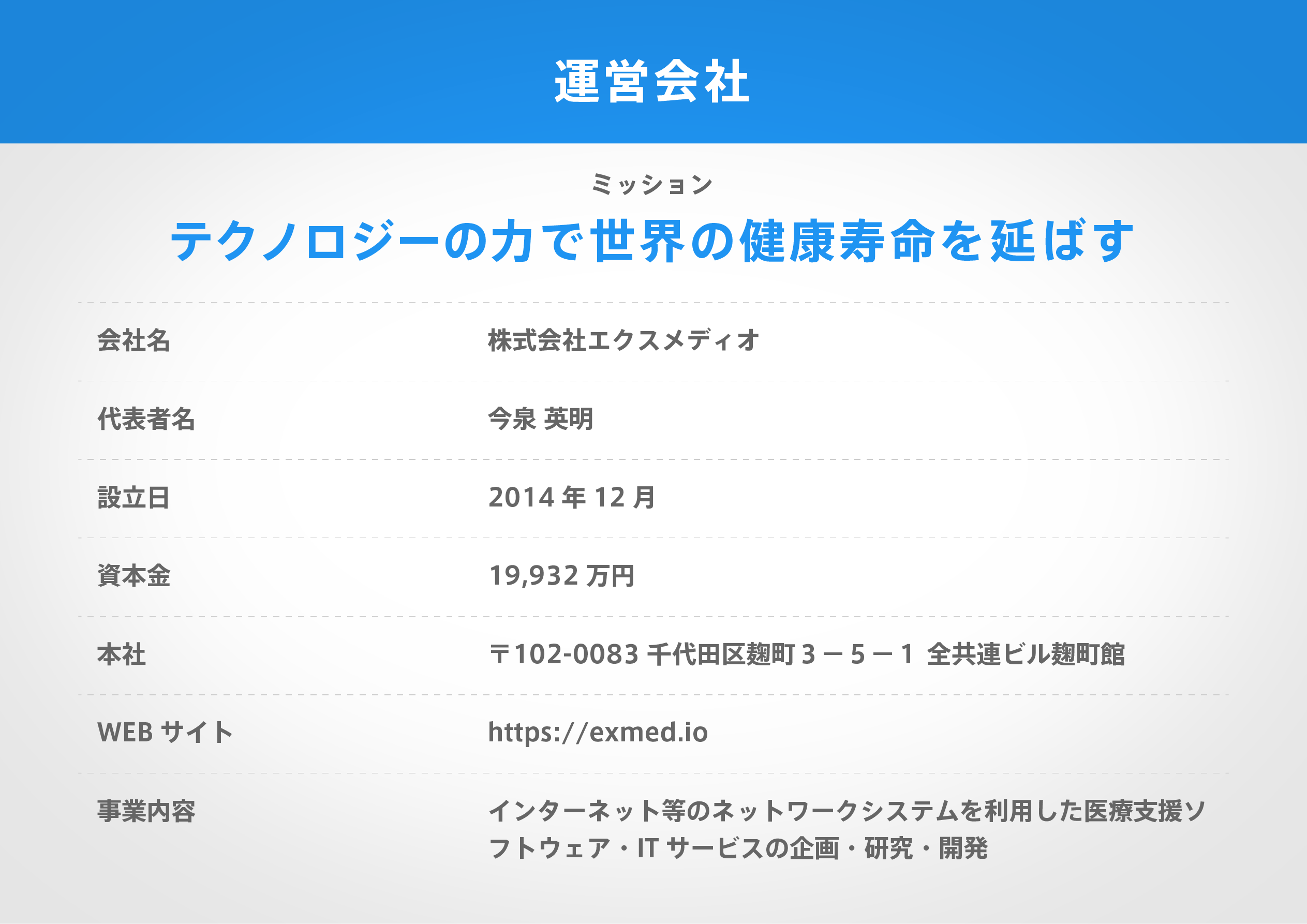著名医師による解説が無料で読めます
すると翻訳の精度が向上します
目的:コロナウイルス疾患2019(Covid-19)または季節性インフルエンザ(SI)を発症した血液障害患者(HD)の臨床転帰の違いは完全には理解されていません。これらの違いを調べるために、2016年から2021年に認められたHDの入院患者のベースライン特性と臨床結果を遡及的に分析しました。SI(過去5年間)(n = 23)血液学/腫瘍学科では、浅川Kosei総合病院が評価されました。結果:COVID-19またはSIのいずれかのHD患者の年齢の中央値は、それぞれ80歳と68歳でした(P = 0.03)。グループは、性比、ボディマス指数、または東部協同組合腫瘍学グループのパフォーマンス状況に有意差は示されませんでした。COVID-19およびSIグループでは、最も一般的な原発性疾患は、それぞれびまん性の大細胞リンパ腫(43%)と多発性骨髄腫(39%)でした。酸素投与の日数(8対0日)、検疫(25対6日)、および入院(72対21日)は、HD患者よりもCoVID-19のHD患者の方が有意に高かったSi(すべてp <0.001)。HDおよびCOVID-19の患者の90日間の生存率は、HDおよびSIの患者の生存率よりも有意に短かった(P = 0.019)。さらに、HDおよびCOVID-19の患者は、HDおよびHDの患者と比較して、HDおよびCOVID-19の患者が院内死亡率のリスクが高く(43%対9%、オッズ比、7.50; 95%信頼区間、1.26-82.4; P = 0.01)より高いリスクがありました。si。結論:HDおよびCOVID-19の患者は、院内医療の長期間を必要とし、SIの患者よりも生存率が低下しました。Covid-19のパンデミック中、血液学者は、死を防ぐために彼らの状態を綿密に監視するために、Covid-19の患者の状態を綿密に監視する必要があります。
目的:コロナウイルス疾患2019(Covid-19)または季節性インフルエンザ(SI)を発症した血液障害患者(HD)の臨床転帰の違いは完全には理解されていません。これらの違いを調べるために、2016年から2021年に認められたHDの入院患者のベースライン特性と臨床結果を遡及的に分析しました。SI(過去5年間)(n = 23)血液学/腫瘍学科では、浅川Kosei総合病院が評価されました。結果:COVID-19またはSIのいずれかのHD患者の年齢の中央値は、それぞれ80歳と68歳でした(P = 0.03)。グループは、性比、ボディマス指数、または東部協同組合腫瘍学グループのパフォーマンス状況に有意差は示されませんでした。COVID-19およびSIグループでは、最も一般的な原発性疾患は、それぞれびまん性の大細胞リンパ腫(43%)と多発性骨髄腫(39%)でした。酸素投与の日数(8対0日)、検疫(25対6日)、および入院(72対21日)は、HD患者よりもCoVID-19のHD患者の方が有意に高かったSi(すべてp <0.001)。HDおよびCOVID-19の患者の90日間の生存率は、HDおよびSIの患者の生存率よりも有意に短かった(P = 0.019)。さらに、HDおよびCOVID-19の患者は、HDおよびHDの患者と比較して、HDおよびCOVID-19の患者が院内死亡率のリスクが高く(43%対9%、オッズ比、7.50; 95%信頼区間、1.26-82.4; P = 0.01)より高いリスクがありました。si。結論:HDおよびCOVID-19の患者は、院内医療の長期間を必要とし、SIの患者よりも生存率が低下しました。Covid-19のパンデミック中、血液学者は、死を防ぐために彼らの状態を綿密に監視するために、Covid-19の患者の状態を綿密に監視する必要があります。
Objective: The differences in clinical outcomes in hospitalized patients with hematological disorders (HD) who developed either coronavirus disease 2019 (COVID-19) or seasonal influenza (SI) are not fully understood. To examine these differences, we retrospectively analyzed the baseline characteristics and clinical outcomes of hospitalized patients with HD admitted from 2016 to 2021. Patients and Methods: Patients with HD who developed COVID-19 (in the past 1 year) (n=21) or SI (in the past 5 years) (n=23) in the Department of Hematology/Oncology, Asahikawa Kosei General Hospital were evaluated. Results: The median ages of the patients with HD with either COVID-19 or SI were 80 and 68 years, respectively (P=0.03). The groups showed no significant differences in sex ratio, body mass index, or Eastern Cooperative Oncology Group performance status. In the COVID-19 and SI groups, the most common primary diseases were diffuse large B-cell lymphoma (43%) and multiple myeloma (39%), respectively. The median numbers of days of oxygen administration (8 vs. 0 days), quarantine (25 vs. 6 days), and hospitalization (72 vs. 21 days) were significantly higher in HD patients with COVID-19 than those in HD patients with SI (all P<0.001). The overall 90-day survival of patients with HD and COVID-19 was significantly shorter than that of patients with HD and SI (P=0.019). Moreover, patients with HD and COVID-19 had a higher risk of in-hospital mortality (43% vs. 9%; odds ratio, 7.50; 95% confidence interval, 1.26-82.4; P=0.01) compared to patients with HD and SI. Conclusion: Patients with HD and COVID-19 required longer periods of in-hospital medical and showed poorer survival than those with SI. During the COVID-19 pandemic, hematologists should closely monitor the condition of patients with COVID-19 to closely monitor their condition to prevent deaths.
医師のための臨床サポートサービス
ヒポクラ x マイナビのご紹介
無料会員登録していただくと、さらに便利で効率的な検索が可能になります。

